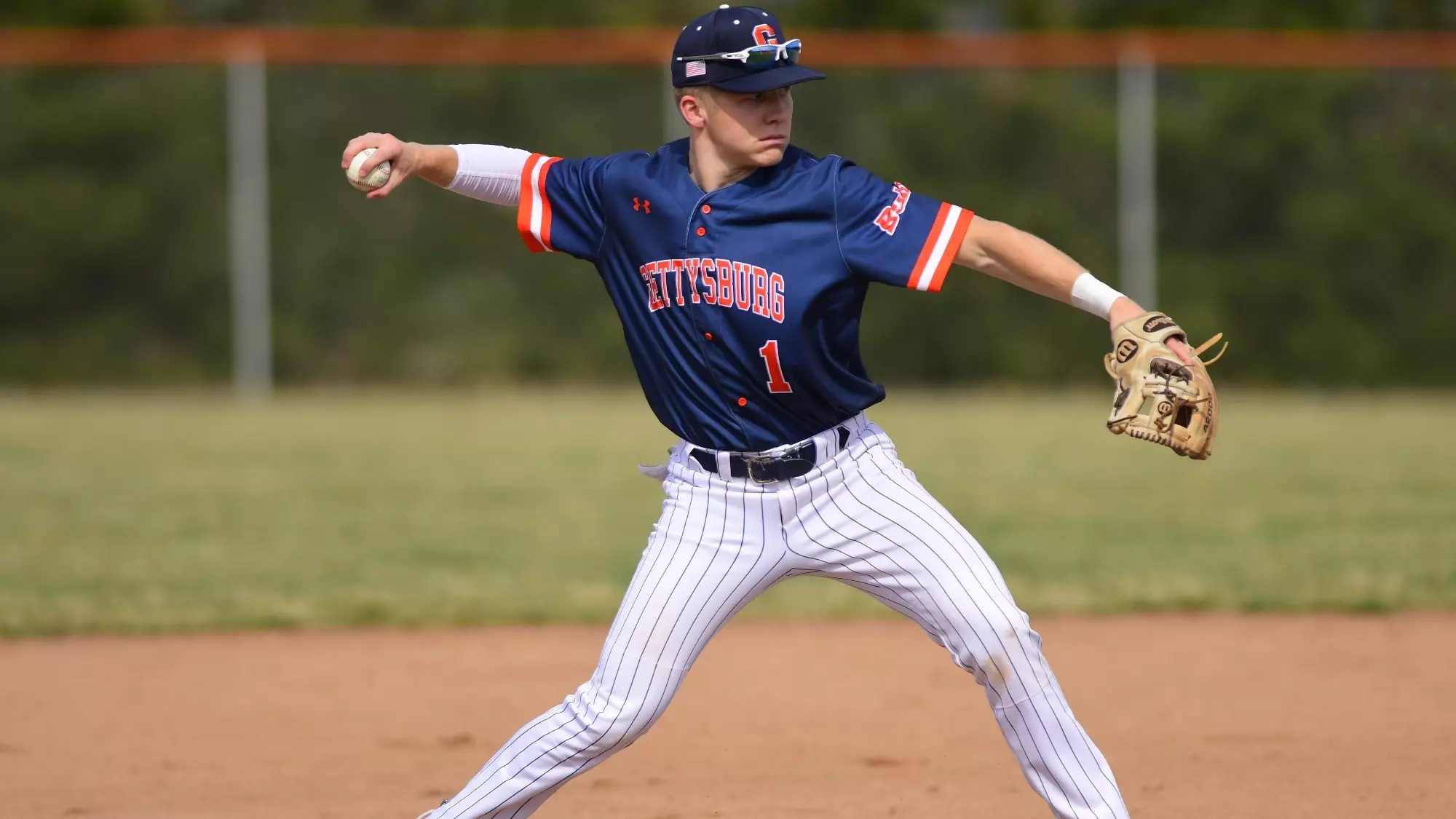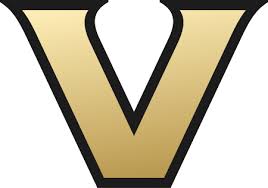






























"With the help of Crimson, I'm now a baseball player at Gettysburg College." - Ben


Elite Ivy League program known for combining academic excellence with competitive baseball. Features Satow Stadium, a state-of-the-art facility with full indoor training capabilities. Under head coach Brett Boretti, the program has won multiple Ivy League championships and regularly sends players to professional baseball. Notable alumni include Gene Larkin, who had a successful MLB career with the Minnesota Twins.

Powerhouse program with multiple College World Series appearances and championships. Features the $12 million Baseball Training Facility and Hawkins Field. Under head coach Tim Corbin, the program has produced numerous MLB players including David Price and Dansby Swanson. The program is known for its pitching development and analytics-driven approach

Historic program with multiple national championships. Features Jackie Robinson Stadium and state-of-the-art training facilities. Notable alumni include Gerrit Cole and Brandon Crawford. The program consistently ranks among the top in the country for both player development and academic achievement.

Dominant SEC program with six national championships. Features Alex Box Stadium and world-class training facilities. Under head coach Jay Johnson, the program continues its tradition of excellence. Notable alumni include Alex Bregman and Aaron Nola. Known for its passionate fan base and professional development pipeline.

Towa came to Crimson Athletics with ambitions of moving from Japan to the US as a baseball player. With the help of our strategists, he happily found a spot on the Columbia team.

Important timeline points: Junior year: Begin coach contact Summer before senior year: Attend camps September 1st of junior year: Official recruitment begins November of senior year: Early signing period April of senior year: Regular signing period
Common assessments: Bronco test Yo-Yo test 40m sprint Bench press Squat Clean Vertical jump Agility testing (5-10-5) Position-specific skill tests Body composition analysis
Coaches typically prioritize: Level of competition faced Success in major tournaments All-Star or representative team selection Year-round playing experience Quality of coaching received Leadership roles held
Varsity Programs: Full-time coaching staff Dedicated facilities Scholarship availability Structured training environment Regular competition schedule Athletic department support Club Programs: Often student-led with part-time coaches Shared facilities Limited funding More flexible schedule Can still compete at high level Usually self-funded
We provide: Skills assessment and development planning Direct coach connections Tournament schedule optimization Video profile creation Academic planning Scholarship negotiation Eligibility compliance guidance Campus visit coordination International player transition support
Consider: Program competitive level and history Coaching staff expertise and style Training facilities quality Team culture and playing philosophy Academic program strength Scholarship package details Competition schedule Professional pathway opportunities Playing time potential Location and climate considerations
For top academic institutions: GPA: 3.5+ (unweighted) SAT: 1300+ ACT: 28+ Varsity program minimum requirements: GPA: 2.3+ SAT: 980+ ACT: 18+
Scholarship structures vary by program: Varsity programs: Can offer up to full tuition Most athletes receive partial scholarships (25-75%) Women's NCAA programs have more scholarship funding available Some programs offer academic/athletic combination scholarships Programs typically split scholarships among 20-30 players
Yes, with these requirements: Eligibility clearance documentation Academic records evaluation English proficiency tests (TOEFL/IELTS) Playing history verification Valid student visa National union clearance if applicable
Focus on: Full game footage from high-level matches Highlight reel of key plays (2-3 minutes) Position-specific skills demonstration Fitness testing results Leadership moments during games Tackling technique from multiple angles Ball handling and passing accuracy Kicking ability (if applicable)
Standards vary by position and program level: Props/Locks: Bench Press: 275+ lbs Squat: 385+ lbs Height: 6'0"+ typically Weight: 220+ lbs 40m sprint: Sub 5.4s Back Row: Bench Press: 245+ lbs Squat: 365+ lbs Height: 5'11"+ Weight: 200-220 lbs 40m sprint: Sub 5.2s Centers/Wings: Bench Press: 225+ lbs Squat: 315+ lbs Height: 5'10"+ Weight: 180-200 lbs 40m sprint: Sub 4.9s Scrumhalf/Flyhalf: Bench Press: 185+ lbs Squat: 275+ lbs Weight: 165-185 lbs 40m sprint: Sub 5.0s Kicking accuracy: 80%+
All student-athletes must evaluate their candidacy against their college goals. Identify gaps in your profile, and start buidlling your gameplan. For some candidates, the plan will revolve all about sport recruitment (athlete-first). For others, we take a comprehensive and combined approach to US college admissions, working on both academic and athletic fronts (scholar-athlete).
Map out key recruitment deadlines, showcase events and application milestones up to three or four years out. Strategic timing is crucial - great recruits take time to ensure quality across video creation, testing, interviews, and visits.
Navigate NCAA eligibility while building an academic profile that appeals to your target schools. Smart course selection, standardized test planning, and understanding school-specific pre-requisites can make the key difference in recruitment.
Develop a compelling athletic narrative through carefully selected footage, performance metrics, and achievement highlights. Presentation matters - coaches receive hundreds of profiles, and often don't know international systems.
Execute a targeted outreach strategy that gets noticed by the right programs. Timing, communication, and understanding each program's needs are essential. Building meaningful connections takes time and consistency.
College soccer has changed to the point where serious programs need to see you in real-life. So, maximize every interaction - from showcase events to campus visits and coach meetings. These moments determine your outcomes.
Balance athletic fit, academic opportunity, and program culture to make an informed decision. Consider playing time potential, scholarship, and development. Your choice shapes not just four years, but your future.
With offers in hand, you can select your best-fit college. Most recruits apply in the early round and sign the National Letter of Intent.
Typically, you’ll receive a final decision by December of your application year!
Need Support? Speak to Our Team!































Dan
UC Berkeley • Rugby
"We had eight schools come back to us overnight after my player profile was sent out to coaches - and that was places I never would have dreamed of, like Harvard, Columbia, Brown, Dartmouth and obviously Berkeley."